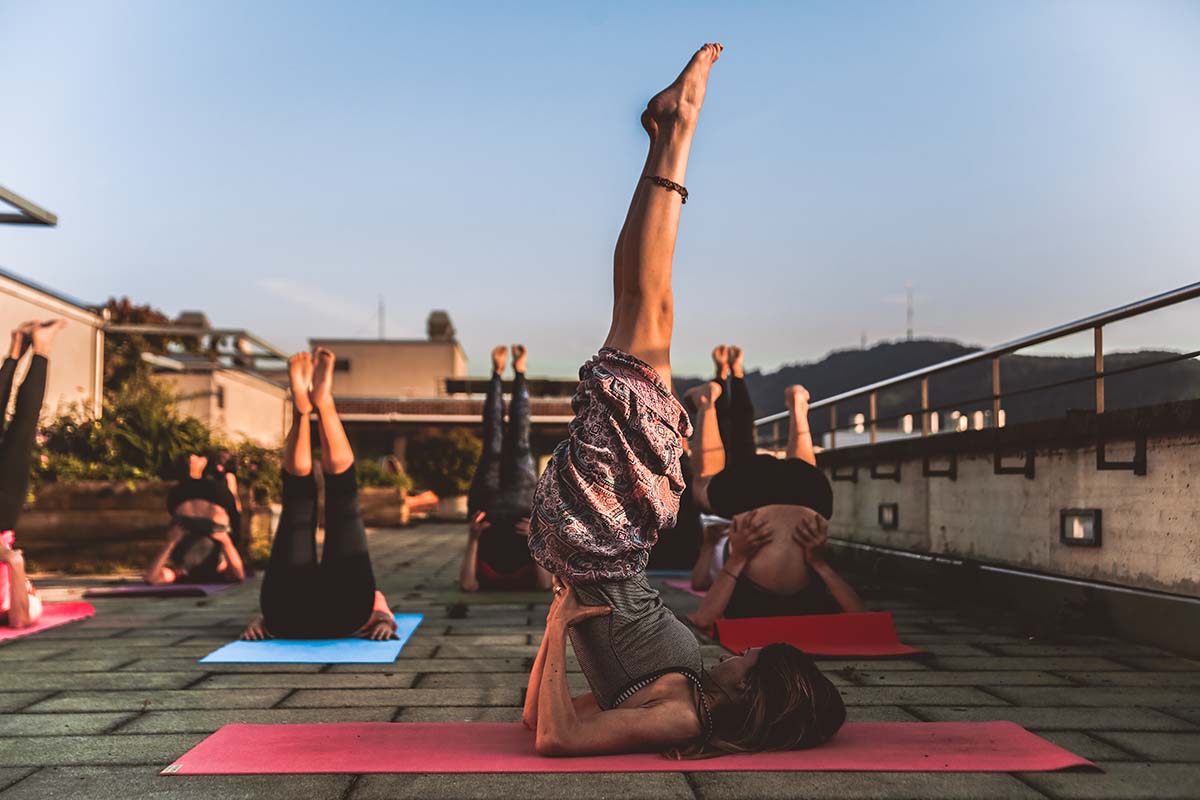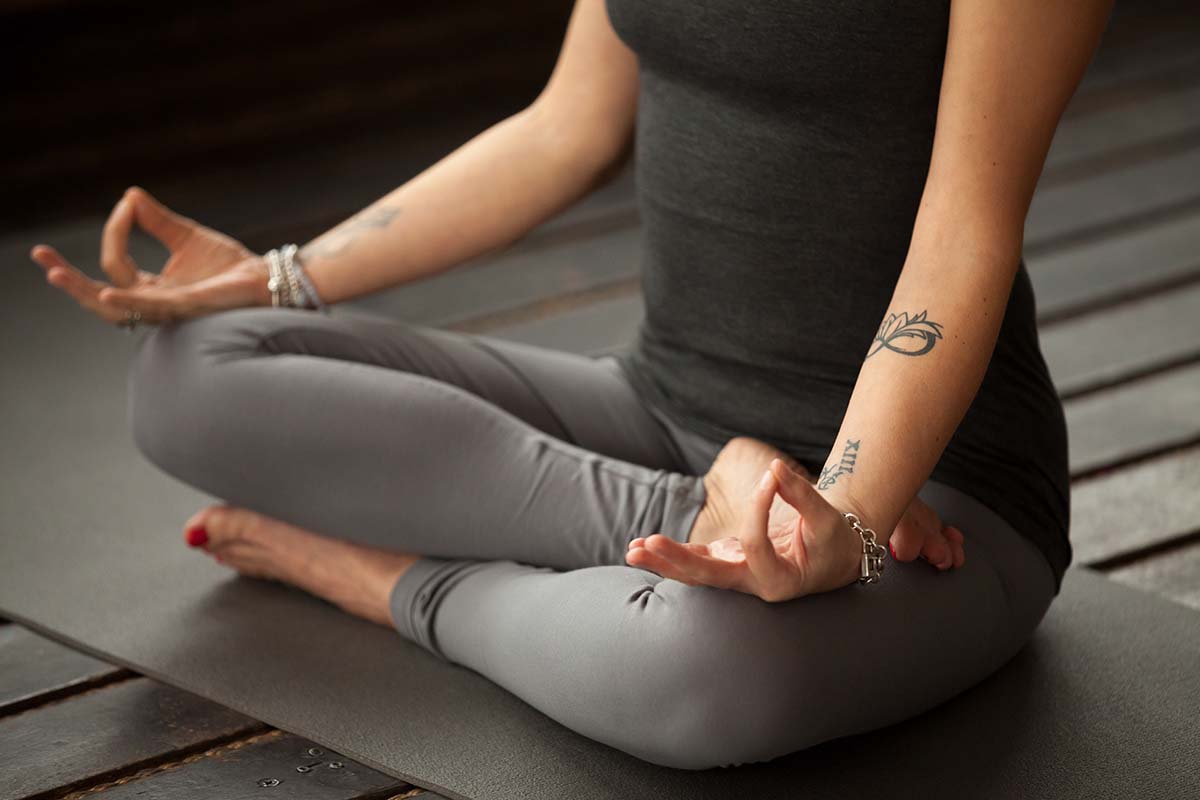Stress Relief Meditation: How Can Meditation Help With Stress Relief?
With the often hectic pace of modern life, it’s all too easy for us to become stressed out and anxious. Whether you’re working too hard, trying to juggle work and family time or are just finding things tough, stress can be a nasty thing to deal with. In recent years, the wellness trend has exploded, and meditation has become a popular tool for managing stress in an effective, healthy way.
Stress relief meditation doesn’t have to be sitting cross-legged on the floor if that doesn’t suit you. All you need to do is find some quiet time to sit and focus on your breath. You can use some tools to make it easier, like guided meditation apps, mala prayer beads, or crystal bowls for sound baths.
Basic Meditation Practice
Find somewhere to quiet where you can sit undisturbed. Sit in a comfortable position, whether that is in a chair or on the floor. Don’t lie down, as you’re more likely to accidentally fall asleep instead of meditating!
Keep your back straight to keep yourself awake. Your body will get used to this posture the further you get into your practice, so don’t worry if you find it difficult at first. If you choose to sit in a chair, sit toward the front of the seat and place your feet firmly on the floor to improve your posture.
When you’re comfortable, close your eyes. Keep your jaw soft and relax all the muscles in your face. Don’t squeeze your eyes close, just let your lids lower softly. If your face tightens, open your eyes again, let them softly focus on the middle distance and then close them again. You’re now aiming to relax every part of your body. If you can feel some tension in your body, take some deep breaths and let the breath relax the tension for you.
Try to keep your mind clear. This is the hardest part of meditation to get the hang of, but trust that it will get easier as you practice more. If you can master this skill, it can be a good tool to help you let go of stress in your daily life as well.
Stay unattached to any thoughts that cross your mind. If a thought comes to you, let it go and try to keep your mind clear. Don’t expect to clear your thoughts completely. Instead, recognize the thought when it arrives and mentally tell it to leave. The quiet spaces between thoughts will become longer as you get more practiced at meditation.
Top Tips For Meditation
Give it time
Meditation is not going to be easy the first time you try it. At first, you probably won’t be able to sit there for very long either, but this is nothing to worry about. Don’t push yourself to get your meditation perfect, or you’ll only end up causing yourself more stress instead of helping to ease it. You will improve at the practice as you get more used to it and get more used to clearing your mind and being still.
Start small
When you start, aim for a short session of about five minutes to help you relax without pushing yourself too much until you get used to meditating. With more practice, you can gradually work up to longer sessions. You might try using jade crystals to help you balance, restore, and channel energy into your body.
Move up to ten and fifteen minutes, and then work up to meditating for thirty-minute sessions. This might seem impossible at first, but with practice, it will get easier. You will come out of your sessions feeling relaxed and refreshed.
Track your time
It can be easy to lose track of time when you’re meditating. When you start, sitting still for two minutes can feel like hours. Your mind can easily become overrun with thoughts about whether you have been meditating long enough or whether or not your time is up yet. If you’re worrying like this, you aren’t going to relax effectively.
To save you from stopping your meditation to check the time every twenty seconds set a timer. Use your phone, and choose a gentle tone or just set it to vibrate, so a shrill alarm doesn’t startle you out of your quiet time. Set the timer, turn off the screen and relax. As you get more skilled, you may find the time goes by a lot faster, and you can start to increase the length of your sessions.
Try other styles of meditation
Stress relief meditation doesn’t suit everyone. If it all seems a bit ‘woo-woo’ to you, but you want to try something new to manage stress, try out some different styles of meditation. Instead of sitting quietly and clearing your mind, try something else like a guided Meditation Classes with visualizations.
Try some breathing exercises to help you to relax. Breathing techniques are well worth learning, as you can use them to calm down wherever you happen to be, whether you’re having a stressful commute or are waiting to go into a job interview. Some meditation techniques involve relaxing your muscles. Focus on one muscle group at a time, and tense and release your muscles.
As you release each muscle, you should feel the tension being released from your body, making you feel much more relaxed. This can be a good practice to help you fall asleep at night or to release tight muscles from sitting over a computer for work.
You might find that you prefer yoga to classic meditation. Yoga has a lot of the same principles of focusing on the breath, clearing the mind, and giving yourself some peaceful time, but it has more of an active approach.
If sitting still and clearing your mind seems impossible, yoga might be a lot easier to get the hang of as it gives you something to do other than just sitting. However, you decide to approach meditation, remember that there is no wrong way to meditate. If it works for you and makes you feel less stressed, then you’re doing it right.



















